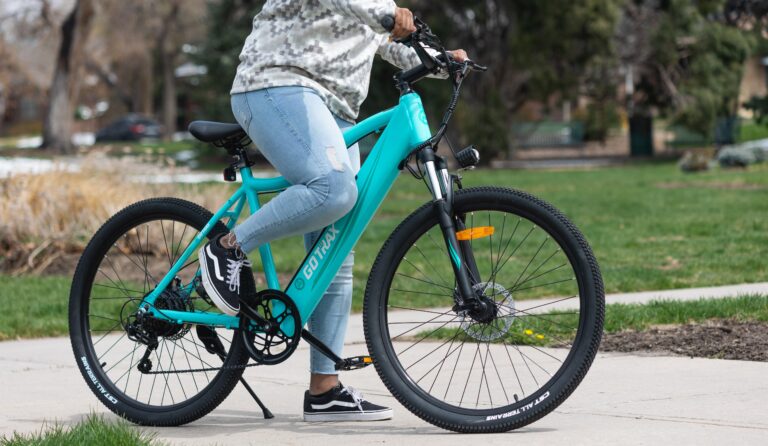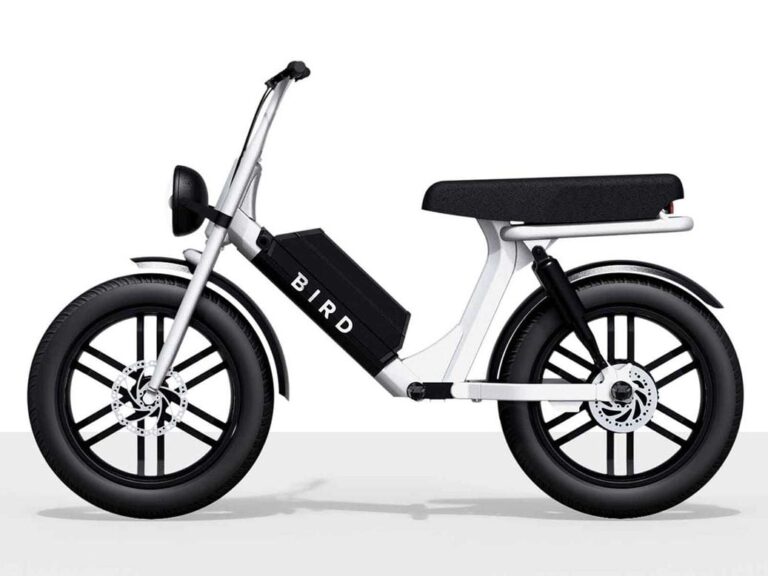We’ve delved into the world of electric bikes to uncover the mechanics and advantages of these modern marvels.
From understanding the components to exploring motor technology and choosing the right e-bike, we’ve got you covered.
Whether you’re a seasoned rider or just starting out, this guide will provide the insights you need to make the most of your e-bike experience.
Understanding Electric Bike Components
We’ll break down the components of electric bikes and how they function to give you a clear understanding of their mechanics.
An electric bike, or e-bike, consists of a motor, a battery, a pedal, and a throttle. The motor provides the power for propulsion, enabling riders to travel longer distances and tackle challenging terrains with ease.
The battery life determines the range an e-bike can cover, offering freedom to explore without worrying about running out of power.
E-bikes often feature pedal-assist, which means the motor kicks in to amplify the rider’s pedal power, providing a seamless and natural riding experience.
Additionally, some e-bikes come with a throttle, allowing riders to control the speed with a simple twist.
Understanding these components helps riders make informed choices and enjoy the liberating experience of electric biking.
Exploring E-Bike Motor Technology
When it comes to exploring e-bike motor technology, understanding the intricacies of motor design and functionality is crucial for maximizing the performance and efficiency of these electric vehicles.
The electric motor is the heart of an e-bike, determining its power and riding experience. Different motors offer varying levels of pedal assist and motor power, influencing the overall riding experience.
Motor power and battery capacity are closely linked, as a more powerful motor often requires a higher capacity battery to sustain it.
The integration of electric components into the motor design is key to ensuring seamless functionality.
Benefits of Electric Bikes
Our exploration of e-bike motor technology has revealed the numerous benefits of electric bikes, enhancing our understanding of their potential for revolutionizing the way we travel and experience the outdoors.
The benefits of electric bikes include:
- Convenience
- E-bikes offer an effortless commute, especially in urban areas with heavy traffic.
- The pedal-assist mode makes it easier to cycle longer distances without getting exhausted.
- Extended Range and Battery Life
- Electric bike motors propel you further, allowing for more extensive exploration.
- Modern batteries provide a longer lifespan, ensuring a reliable and consistent ride.
- Eco-Friendly and Cost-Effective
- E-bikes reduce the environmental impact of traditional transportation methods.
- They offer a cost-effective alternative to fuel-powered vehicles, providing freedom and flexibility in travel choices.
These benefits of electric bikes align with the desire for freedom, making them a compelling option for modern explorers.
The Role of Batteries in E-Bikes
The battery plays a crucial role in powering the electric bike, providing the energy needed to drive the motor and assist in propulsion. In e-bikes, the lithium-ion battery is the powerhouse, enabling riders to experience the freedom of effortless pedaling and extended journeys.
These batteries are lightweight and high-performing, delivering ample power to the motor for a smooth and efficient ride. With the assistance of the battery, riders can conquer challenging terrains and enjoy longer rides without feeling fatigued.
The power from the battery seamlessly integrates with the rider’s pedaling, offering a thrilling experience while maintaining the essence of traditional cycling. This integration not only extends the range of the e-bike but also provides the rider with the flexibility to choose the level of assistance, empowering them to customize their ride according to their preferences.
Pedal Assist and Power Modes
As we transition into discussing ‘Pedal Assist and Power Modes,’ it’s important to understand how these features complement the role of batteries in e-bikes.
- Pedal Assist:
- Effortless Riding: With pedal assist, the e-bike motor provides power as you pedal, making cycling easier and more enjoyable.
- Sensor Technology: Advanced sensors detect your pedaling motion and adjust the motor’s assistance accordingly, providing a seamless riding experience.
- Power Modes:
- Customized Experience: Different power modes allow you to adjust the level of assistance, giving you the freedom to conserve energy or speed up as needed.
- Enhanced Torque: Selecting higher power modes provides increased torque, ideal for conquering challenging terrains or accelerating swiftly.
- Recharge:
- Battery Preservation: Leveraging pedal assist and power modes intelligently can optimize battery usage, extending the distance you can cover before needing to recharge.
E-Bike Sensor Systems
Transitioning from the role of batteries in e-bikes, we rely on e-bike sensor systems to enhance our riding experience through intuitive and responsive technology. These sensor systems are the unsung heroes of electric bikes, working seamlessly to provide a smooth and natural riding experience. Here’s a glimpse into the key sensor systems found in e-bikes:
| Sensor Type | Functionality | Location on E-Bike |
|---|---|---|
| Cadence Sensor | Measures pedal rotations per minute | Near the pedals |
| Torque Sensor | Detects pressure on the pedals | Near the bottom bracket |
| Speed Sensor | Monitors the bike’s speed | Near the rear wheel |
These sensors work in tandem to communicate with the controller, allowing for precise control over the motor’s power delivery, ensuring a seamless and efficient electric biking experience.
Choosing the Right E-Bike for You
When selecting an e-bike, we consider our riding preferences and the various features available to ensure it meets our specific needs. To find the perfect e-bike, we need to consider the following:
- Type of Riding
- Determine if you’ll be using the e-bike for commuting, off-road adventures, leisurely rides, or a mix of all.
- Battery Power
- Assess the amount of power required for your daily rides and the charging options available.
- Level of Assistance
- Understand the level of assistance needed, whether it’s pedal-assist, throttle-only, or a combination of both.
Considering these aspects will help us find an electric bike that perfectly aligns with our lifestyle and provides the freedom to enjoy every ride to the fullest.
Maintenance Tips for Electric Bikes
To ensure our e-bike continues to perform optimally, we must regularly maintain its components and address any issues promptly.
For electric road bikes and electric mountain bikes, it’s crucial to inspect the e-bike batteries regularly and keep them charged.
Additionally, cleaning the bike frame and ensuring it’s free of dirt and debris can prevent premature wear and tear.
Regularly checking the electric motor and battery for signs of damage or unusual sounds is essential for a smooth ride.
As part of our e-bike review, we recommend following the manufacturer’s maintenance tips to prolong the lifespan of the electric bike.
Conclusion
In conclusion, electric bikes are an exciting and efficient mode of transportation that offer a range of benefits. Understanding the components, motor technology, and battery systems is crucial for making an informed decision when choosing the right e-bike for your needs.
With the right knowledge and maintenance, e-bikes can provide a fun and eco-friendly way to get around. So, hop on an e-bike and enjoy the ride!





